In Vietnam, black pepper has officially returned to the "billion-dollar export club" after a decade. Business leaders from many countries are also interested in the Vietnamese pepper and spice market.
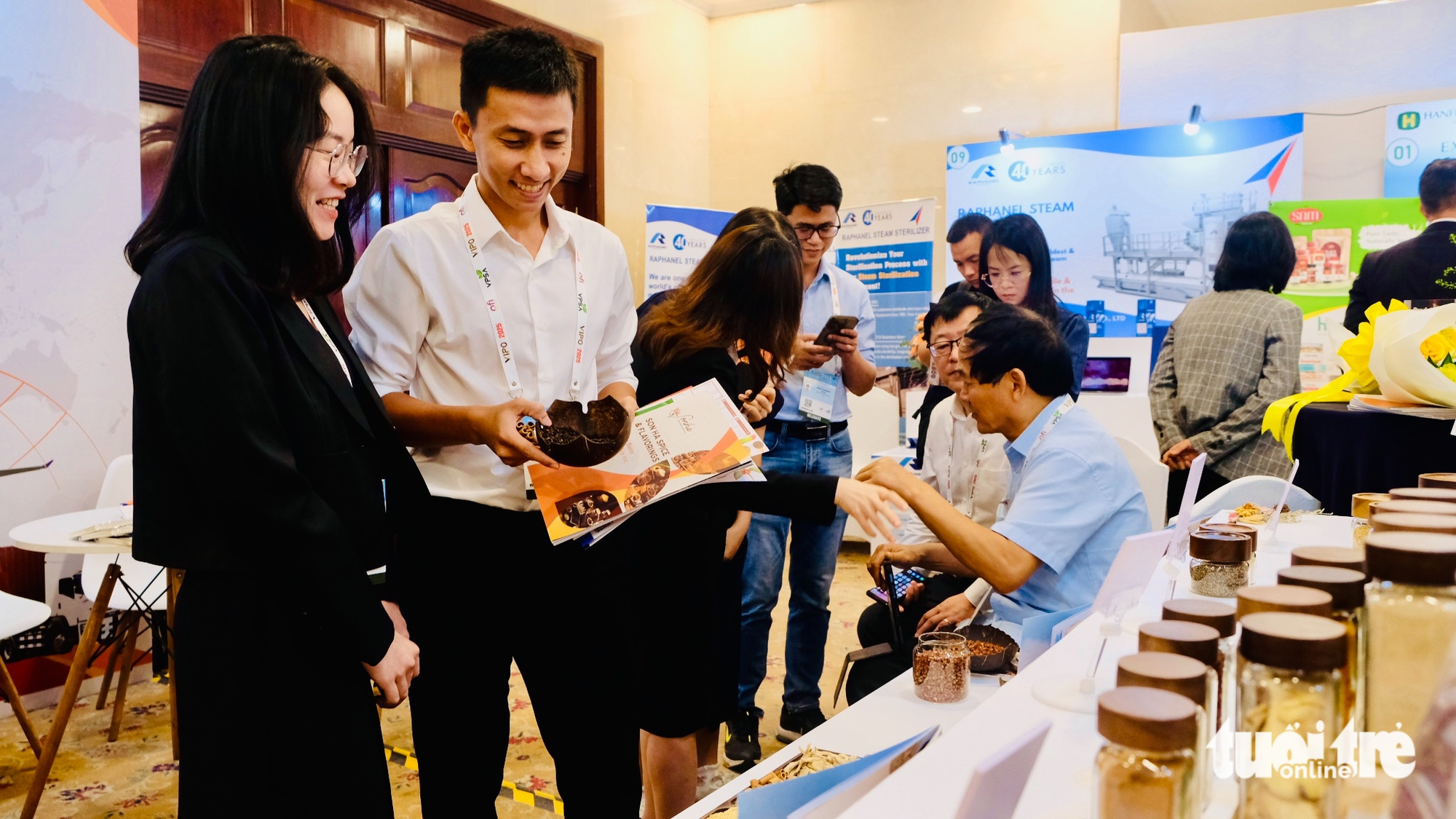
Organically produced pepper and spices are of interest to domestic and foreign customers - Photo: BONG MAI
The Vietnam Pepper and Spices International Conference 2025 (VIPO 2025) took place from March 3 to March 5 in Ho Chi Minh City, organized by the Vietnam Pepper and Spices Association.
Vietnam's "black gold" attracts international attention
"I think pepper is the 'black gold' of Vietnam, (it is) very important" - Mr. Sudhanshu Kaul, senior vice president and head of business department of OFI Olam Vietnam, commented. At the same time, he said that during his years working with the Vietnamese market, he clearly witnessed strong development and very dynamic businesses.
In front of hundreds of business leaders from around the world gathered at the conference, Mr. Mike Liu - President of BCFood USA and President of the China Spice Association - said: "Vietnam is the capital of pepper and spices in the world, making delicious dishes. We hope to work with this industry at both the high and grassroots levels.
Including becoming a partner in training, testing, and guiding farmers to get pepper, star anise, cinnamon... to meet higher standards".
At the conference, the Vietnam Pepper and Spice Association and the China Spice Association also officially signed a memorandum of understanding (MOU). Mr. Mike Liu expects that the parties involved, including farmers, purchasing companies, etc., will become a team, with a common goal of serving the world with safe and delicious spice products.
Mr. Nguyen Quy Duong, Deputy Director of the Plant Protection Department - Ministry of Agriculture and Environment , shared that by the end of 2024, the pepper growing area in Vietnam will reach 110,500 hectares, with an average yield of 26 quintals/ha, twice as high as the world's average yield. The output will reach about 200,000 tons/year.
Vietnam is one of the world's leading countries in pepper production and export, accounting for approximately 35% of total global output and nearly 55% of total export turnover. Last year, pepper export turnover reached approximately 1.32 billion USD.
In particular, although the pepper growing area in our country is much smaller than other major crops such as coffee, rubber, tea and cashew, the economic value it brings is very high.
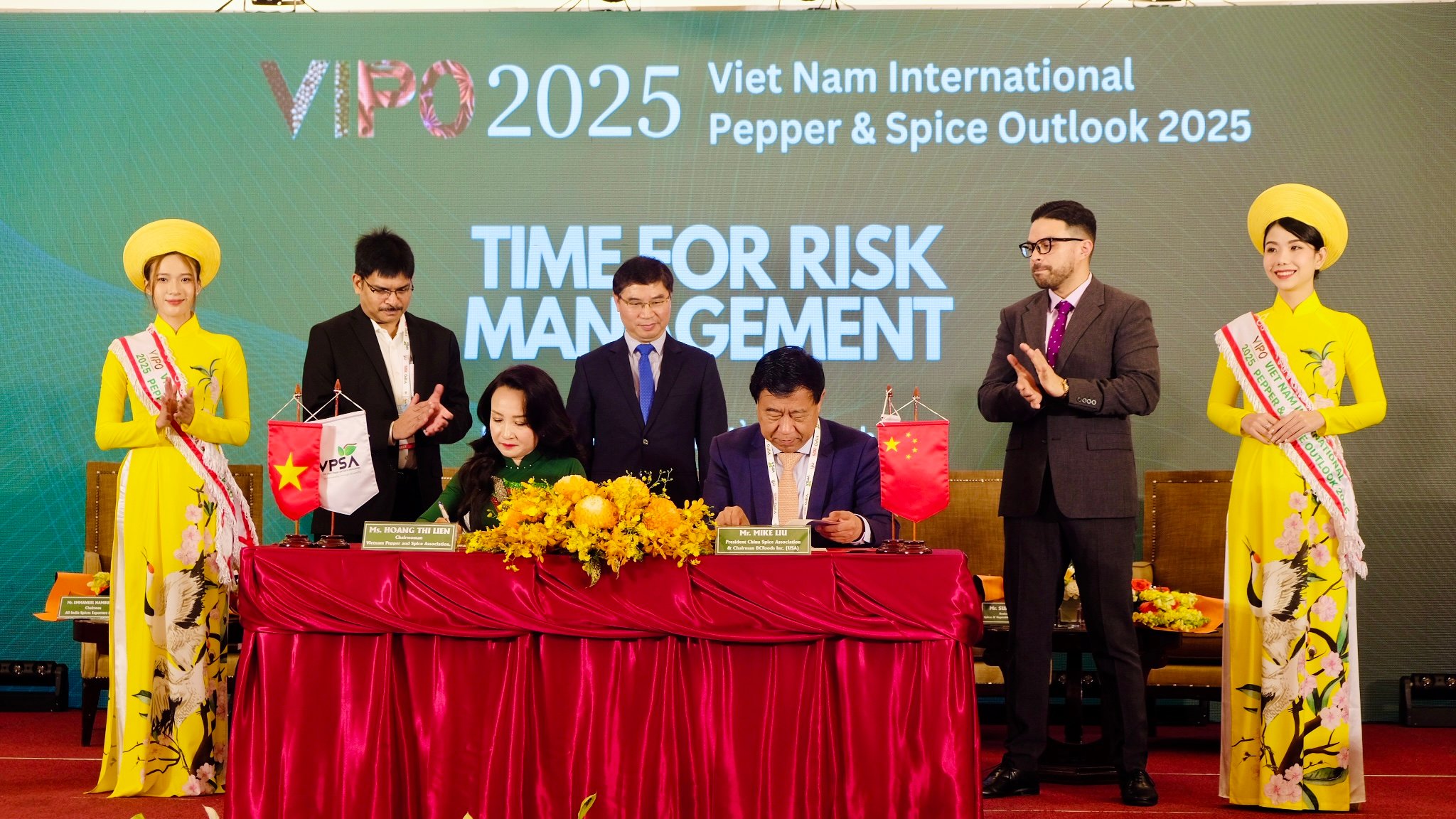
Signing of cooperation between Vietnam Pepper and Spice Association and China Spice Association - Photo: BONG MAI
Strong risk management required, no gambling
Regarding the market, Ms. Hoang Thi Lien - President of the Vietnam Pepper and Spice Association (VPSA) - recognized that in an extremely uncertain environment, proactively detecting and responding to risks is necessary, as a culture, always adapting no matter what the future holds.
“Without strong risk management, we are just gambling,” she stressed.
In fact, the pepper industry is affected by many different factors such as supply and demand, epidemics, speculation, investment fluctuations between different funds, wars... Therefore, without a risk management strategy, the loss will be huge.
This does not mean eliminating risk completely, but being ready for the ups and downs of the market, including making an effort to improve knowledge and maintain discipline.
Mr. Sudhanshu Kaul said that despite certain advantages, pepper businesses are still facing pressures from inflation, high input costs, rising interest rates, and complicated geopolitical situations in the world.
Therefore, experts focus on solutions to improve food quality and safety, promote deep processing, proactively respond to climate change, diversify export markets, develop green finance - support export enterprises...
Mr. Nguyen Quy Duong also shared that the Ministry of Agriculture and Environment has developed and approved the Project on developing key industrial crops, striving to adjust the pepper area to 80,000 - 100,000 hectares by 2030, with a yield of 24 - 25 quintals/ha and an output of about 200,000 - 300,000 tons.
Of which, 40% of pepper growing area meets GAP standards and equivalent. About 40 - 50% of pepper growing area is given a growing area code with traceability.
At the same time, develop organic standard growing areas and other standards such as VietGAP, GlobalGAP in key areas such as Dak Nong, Dak Lak, Binh Phuoc, Gia Lai, Dong Nai, Ba Ria - Vung Tau...
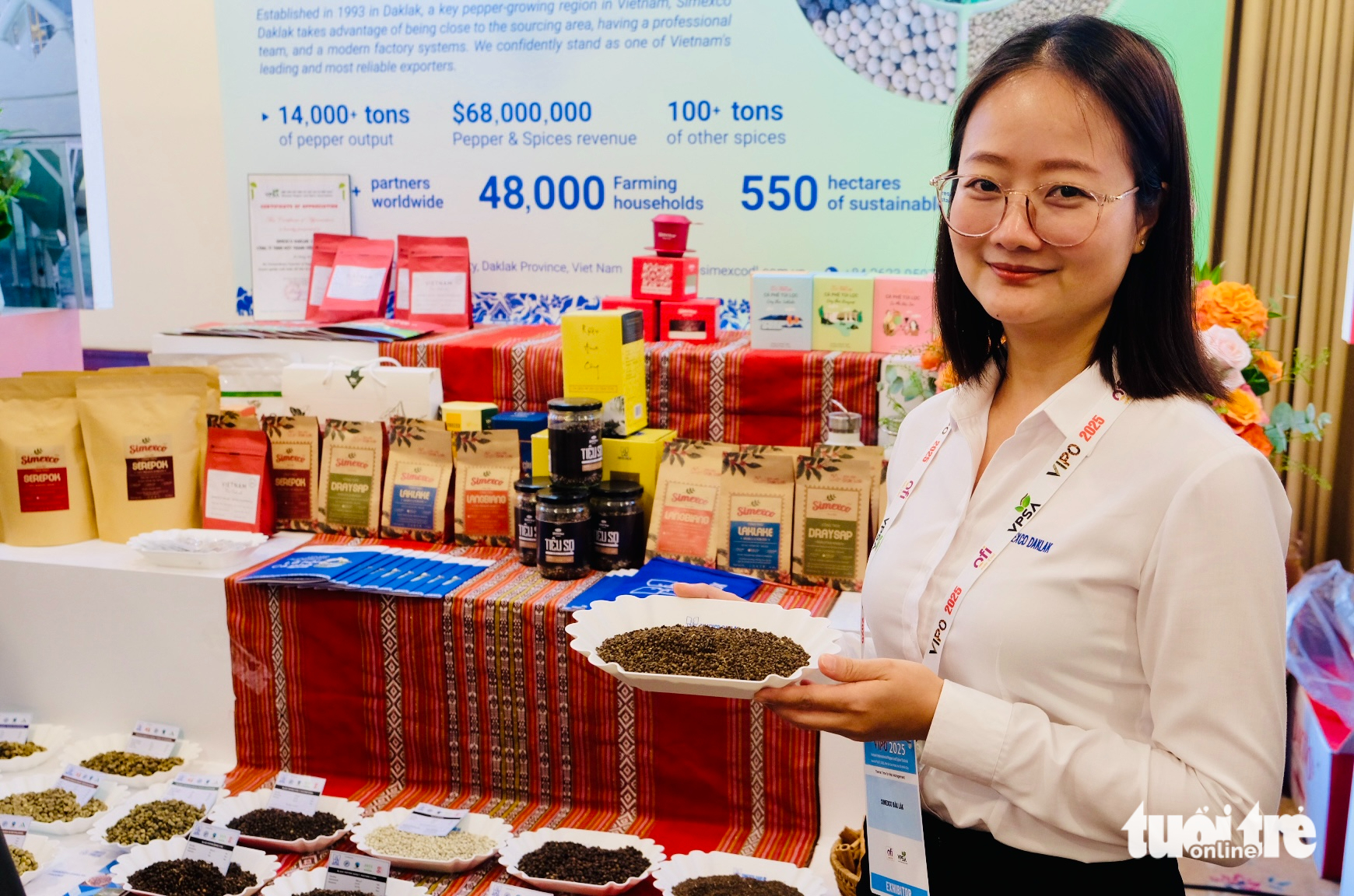
Many Vietnamese spices are of high quality - Photo: BONG MAI
Source: https://tuoitre.vn/doanh-nghiep-my-trung-an-theo-doi-sat-sao-thi-truong-ho-tieu-viet-nam-20250303132439846.htm


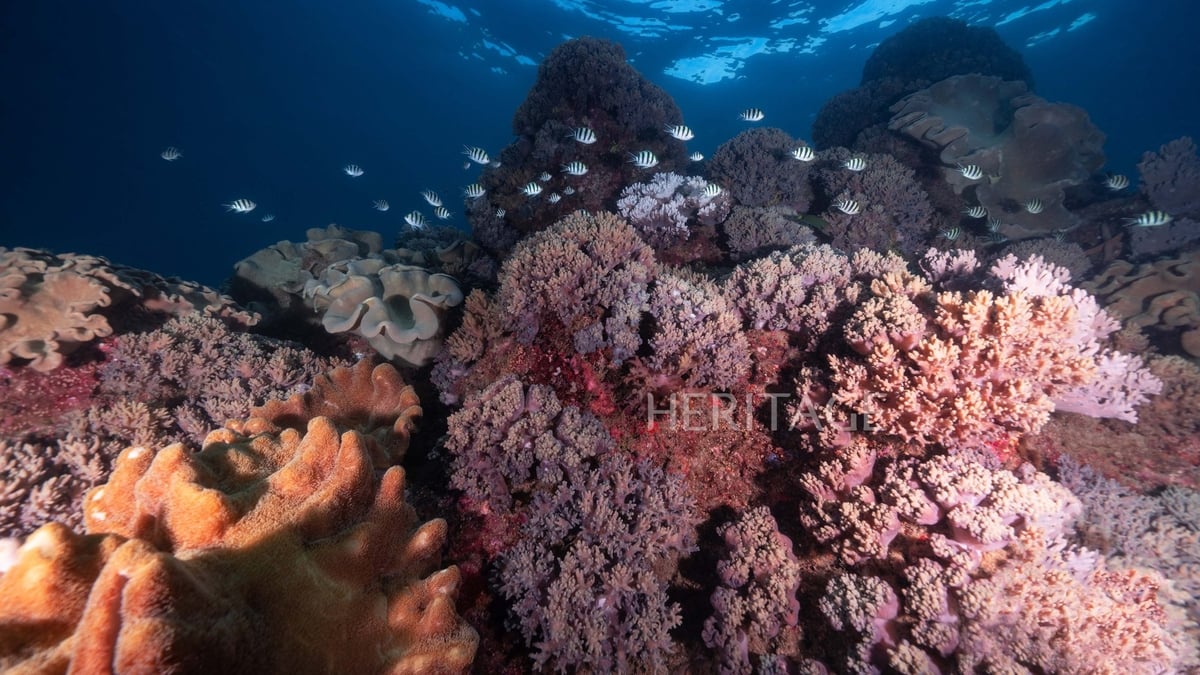
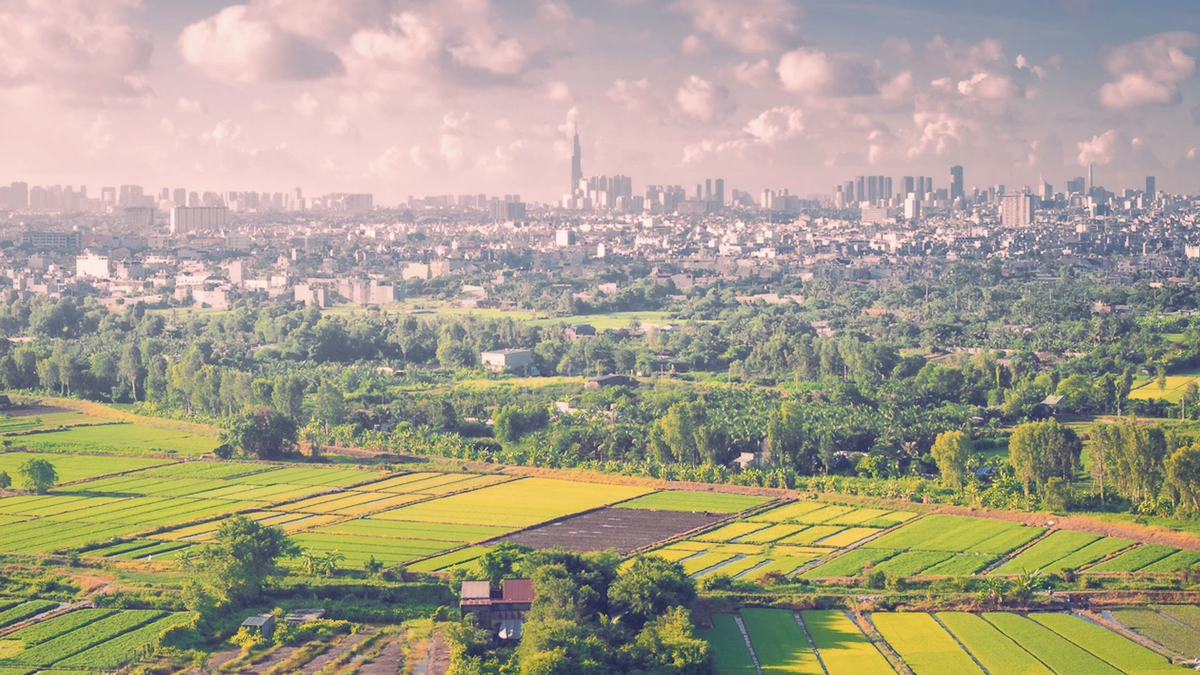


![[Photo] Welcoming ceremony for Prime Minister of the Kingdom of Thailand Paetongtarn Shinawatra on official visit to Vietnam](https://vphoto.vietnam.vn/thumb/1200x675/vietnam/resource/IMAGE/2025/5/16/cdd9e93739c54bb2858d76c3b203b437)
![[Photo] Prime Minister Pham Minh Chinh holds talks with Prime Minister of the Kingdom of Thailand Paetongtarn Shinawatra](https://vphoto.vietnam.vn/thumb/1200x675/vietnam/resource/IMAGE/2025/5/16/23b5dd1e595d429491a54e3c1548fb79)




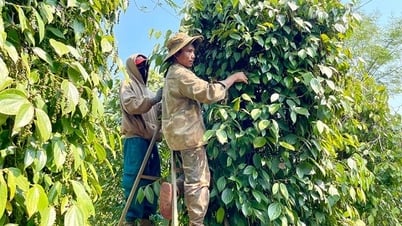
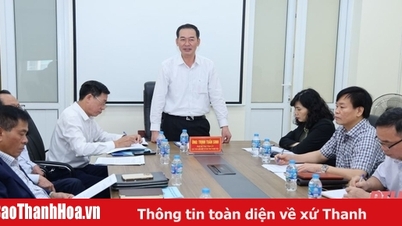

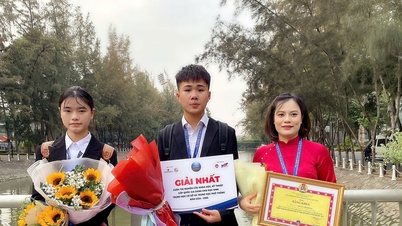

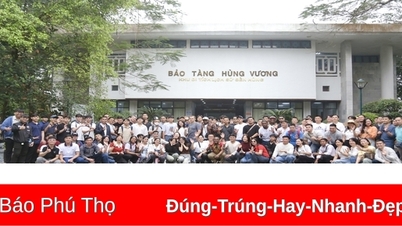


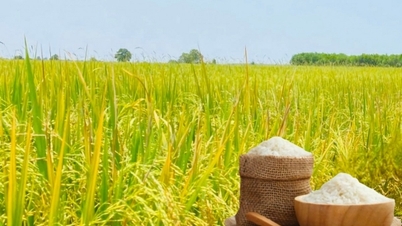

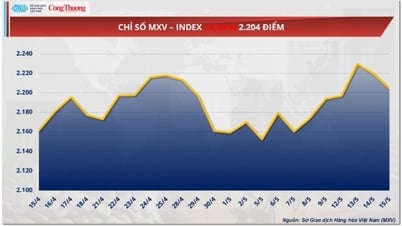




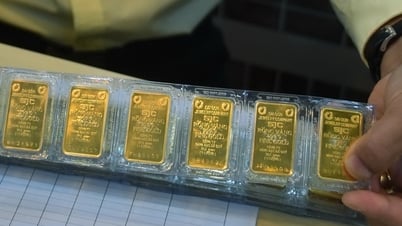















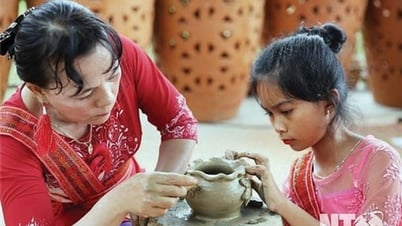


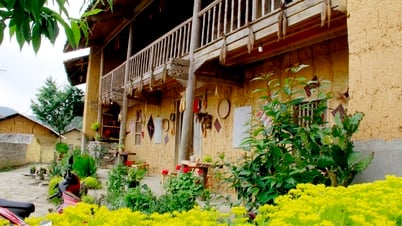






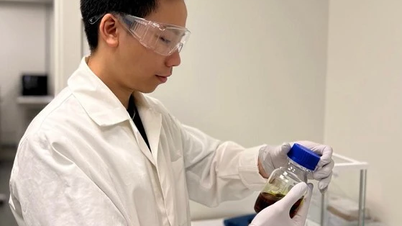




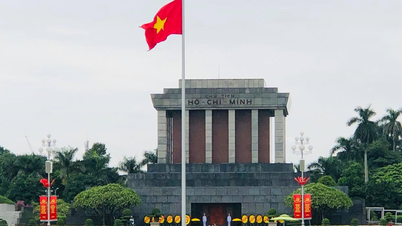











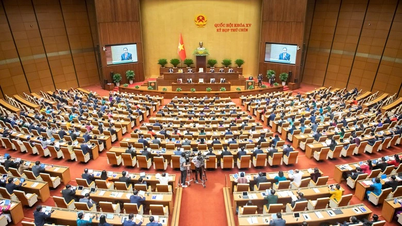


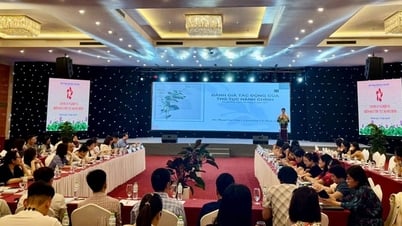

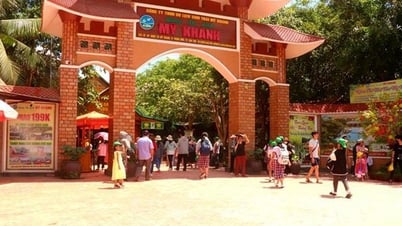




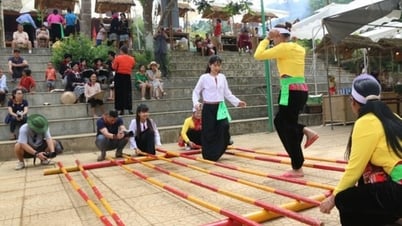


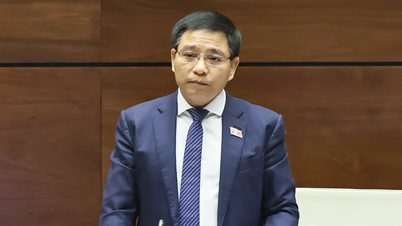
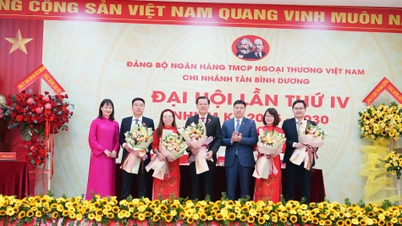

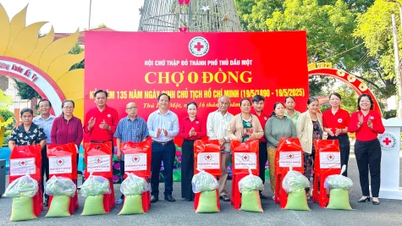
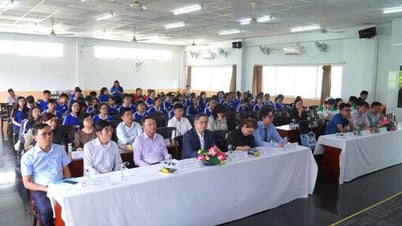
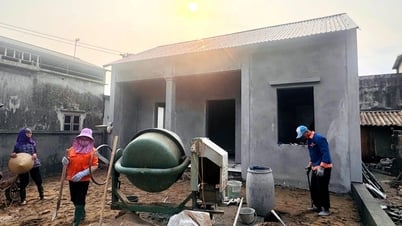










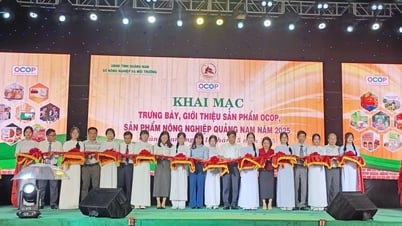

Comment (0)